Helping Childrens with Separation Anxiety
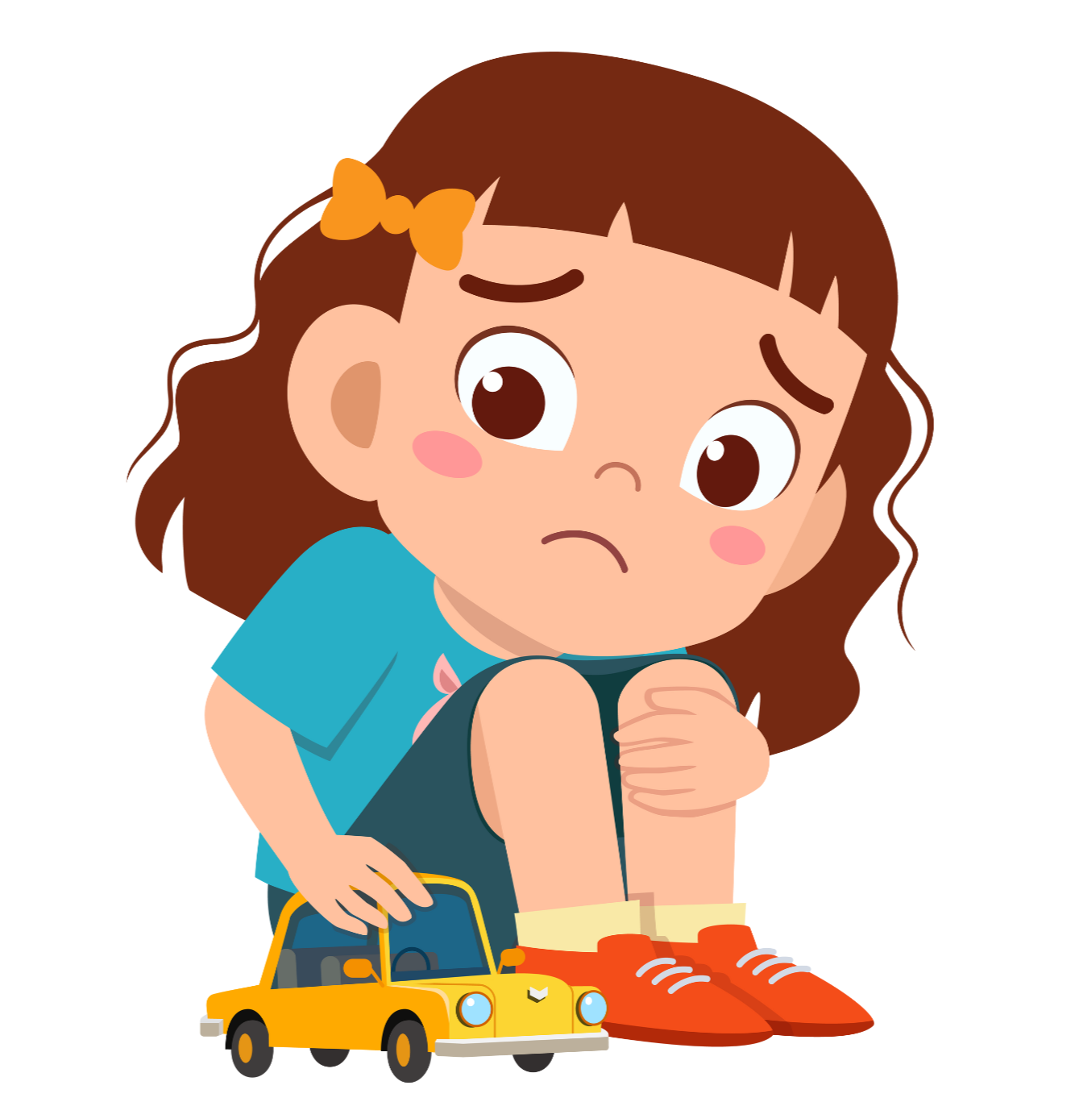
What is Separation Anxiety?
Separation anxiety is the feeling of nervousness or distress when being apart from a loved one or caregiver.
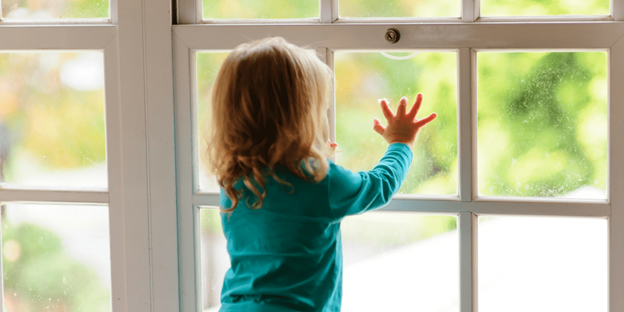
Developmental Stages :
1. Infants (Around 7 months)
Develop object permanence, understanding that parents and caregivers don’t disappear when they leave the room.
2. Young Toddlers (By 18 months)
Begin to wonder where their parents are and why they have gone away, leading to separation anxiety.
Helping Children Cope :
Encourage a nurturing bond with an educator.
Help them regulate their emotions
Remind them that their parents or caregivers will return each day.
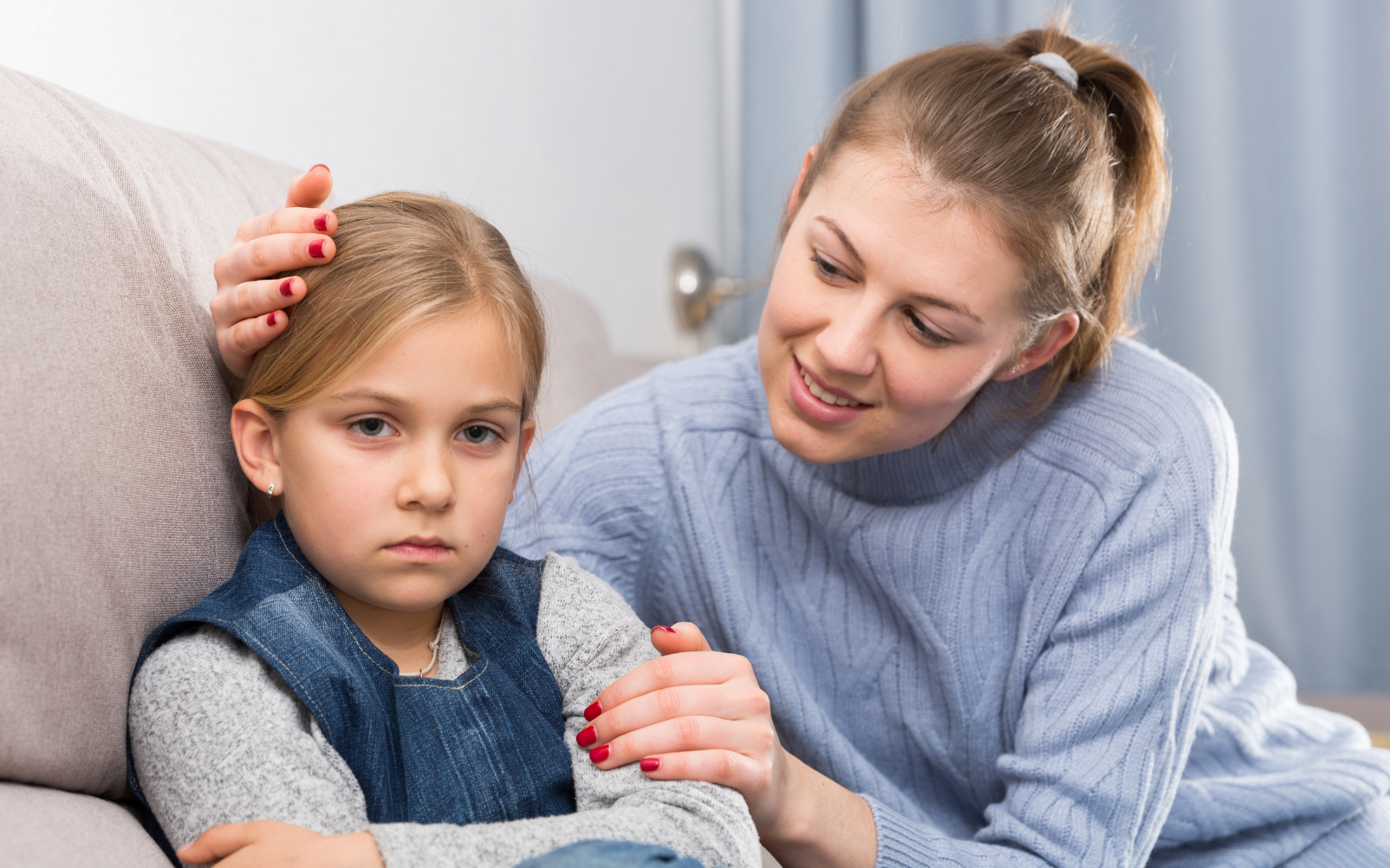
Separation Anxiety in Toddlers (12 months to 3 years) :
1. Signs
Clinging to parents during drop-offs, refusing naps, crying, yelling, resisting attention from teachers, and throwing tantrums.
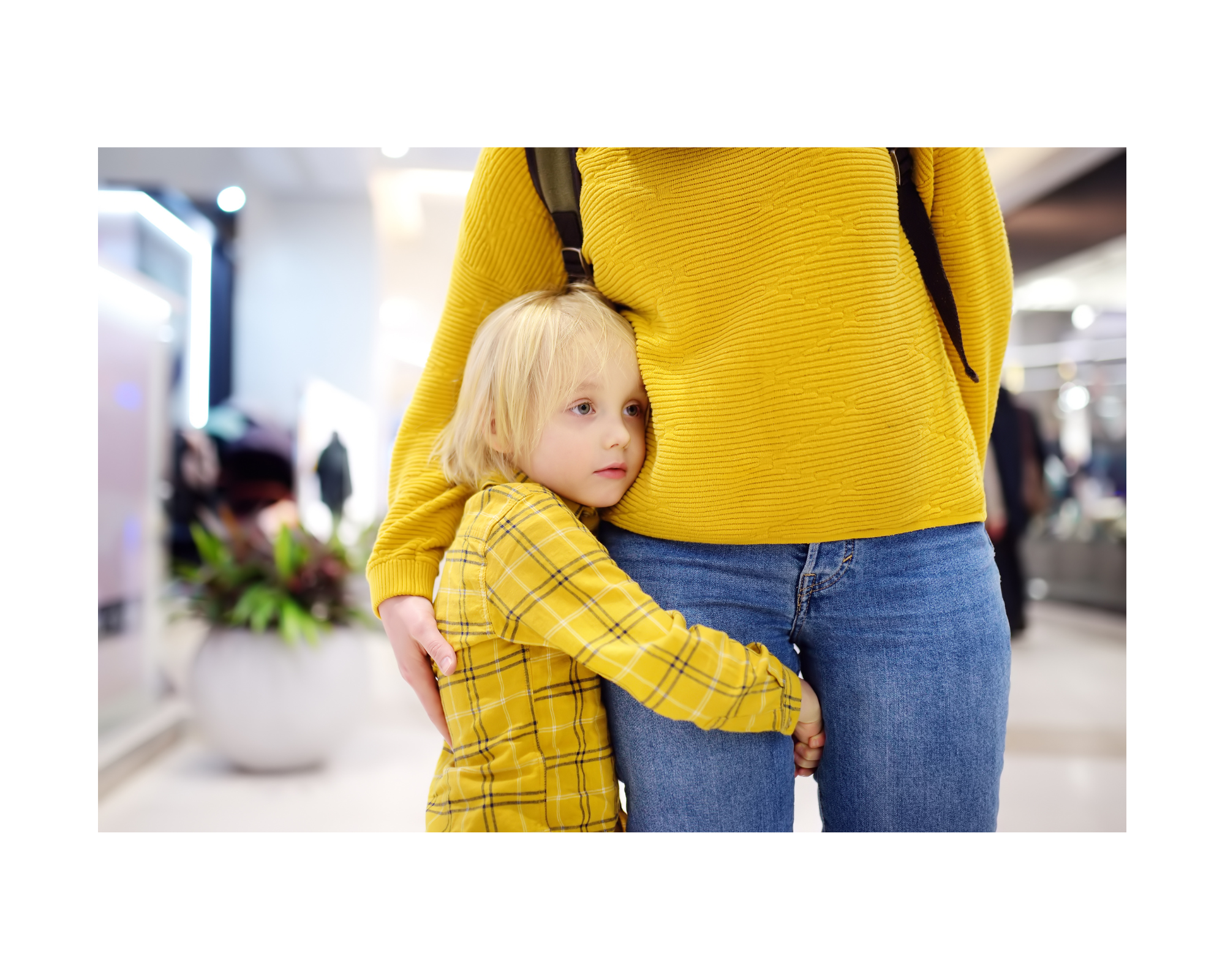
How Teachers Can Help Toddlers :
1. Invite Families to Visit Before the First Day
Helps children feel more comfortable.
2. Greet Each Child and Parent During Drop-off
Establishes a welcoming routine.
3. Acknowledge the Child’s Feelings
Validates their emotions.
4. Let Children Bring a Comfort Item
Helps them self-soothe.
5. Pair Children Up at the Start of Class
Encourages social interaction.
6. Create a Family Photo Wall
Provides comfort by seeing familiar faces.
Separation Anxiety in Preschoolers (3 to 5 years): :
1. Signs
Similar to toddlers, including crying, clinging, tantrums, regressing in skills, and refusing naps.
How Teachers Can Help Preschoolers :
1. Encourage Breathing Exercises
Reduces stress and anxiety.
2. Create a Calming Area
Provides a space for relaxation.
3. Stick to a Routine
Helps children feel secure.
4. Explain How to Recognize Feelings of Anxiety
Teaches self-awareness.
5. Read Reassuring Books
Helps children understand and cope with separation.
6. Give Each Child a Special Role
Promotes responsibility and reduces anxiety.

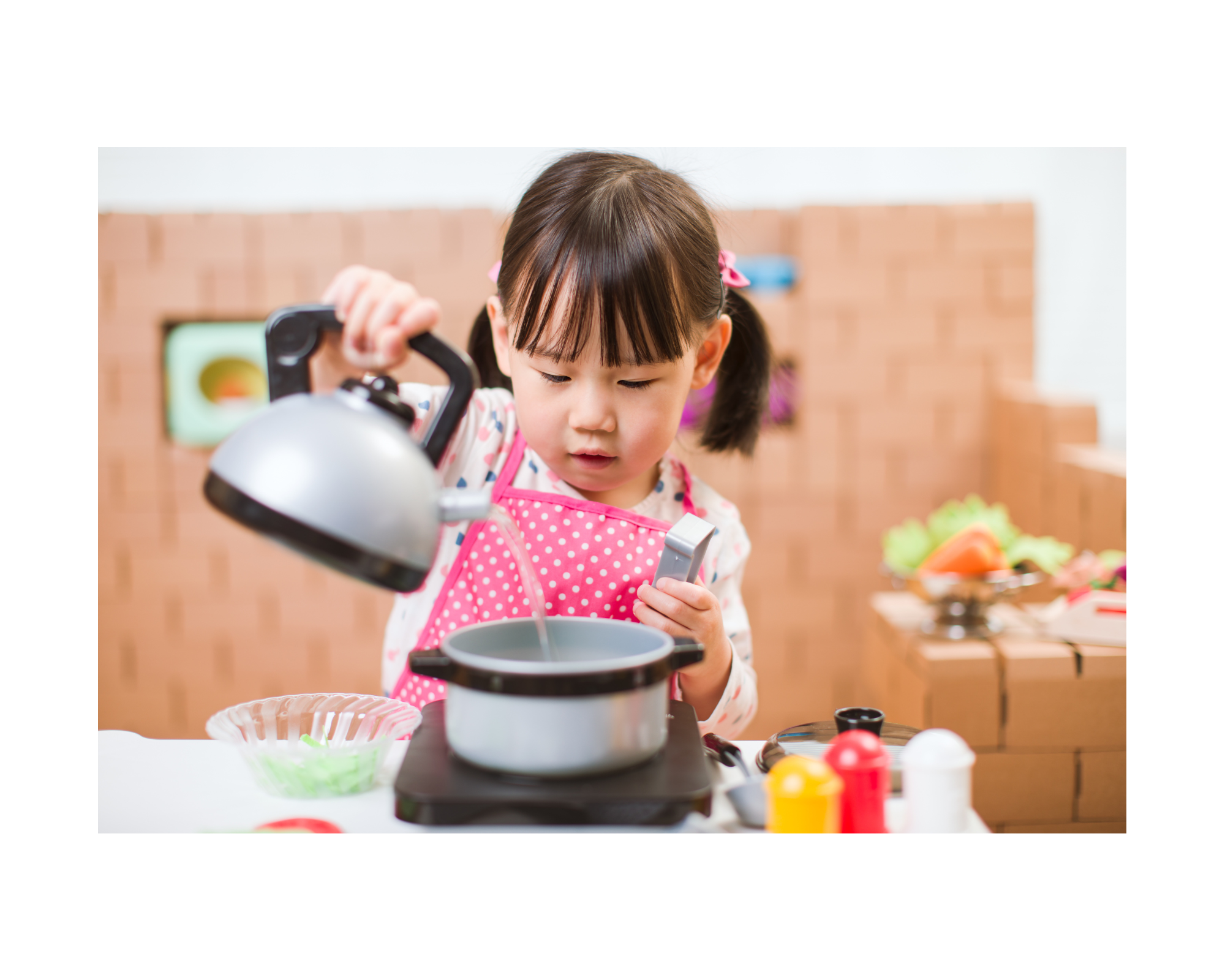
Helping Children Overcome Separation Anxiety :
Validate their feelings.
Reassure them that they are safe and their parents will return.
